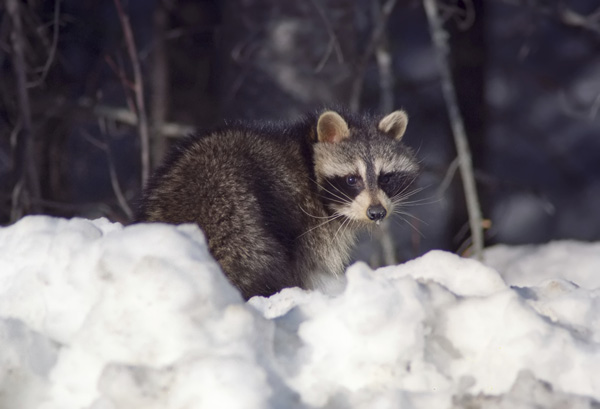
Ever feel like you need some help to motivate your boarders to immunize their horses against rabies? The Centers for Disease Control and Prevention (CDC) estimates that 90% of reported cases of rabies occur in wildlife. This has the potential to spill over to domestic animals and especially to horses as they spend a considerable amount of unattended time outdoors.
It is reported that annual costs associated with detection, prevention and control of rabies exceed $300 million. Because wildlife so often interfaces with domestic animals, this disease poses a very real concern to horse owners as well as being a serious public health hazard.
While oral rabies vaccine (Rabora-V-RG by Merial) has been used to target U.S. wildlife since 1990, another recent attempt has been implemented by the USDA-APHIS to control rabies outbreaks in terrestrial wild mammals such as raccoons, skunks, coyotes and foxes. This current field trial is reported to have had mixed results.
In 16 states, oral rabies vaccine (ONRAB by Artemis Industries) has been dropped from planes or distributed by ground personnel within habitats known to be dense in wildlife populations. Target areas in 2013 have included the Northeast and large parts of the South, particularly for raccoons; and in Texas for coyotes and foxes. Previously this vaccine has been successful in reducing raccoon rabies in Canada.
These small, polyvinyl packets of vaccine are coated in a sweet attractant of marshmallow flavor, sugar and fats; then they are consumed by the wildlife. The vaccine is released as the animal punctures the packet with a bite. The packets don’t contain live virus, but rather contain a single gene from the outer coating of the rabies virus. Biomarkers have demonstrated that there has been good bait acceptance by wildlife targets.
The findings are encouraging in one respect: The vaccine has demonstrated effectiveness in raccoons, coyotes and foxes. This favorable immunization result then enables these individual animals to serve as buffers between other wildlife and domestic animals. But, unfortunately, the ORV research indicated that it has not worked as well in skunks.
This program has made excellent inroads on controlling wildlife rabies populations where the baited oral vaccine is being used. It does not entirely eliminate the risk for horses to be infected by rabies despite some control in wildlife populations.
Bats and skunks are still potent carriers of rabies virus, and not all raccoons, coyotes or foxes will ingest the bait, nor is it being administered in all areas of the country. With that in mind, horse owners should continue to be alerted to the significance of rabies immunization, both to prevent both loss of life in horses and potentially fatal health consequences in humans.


